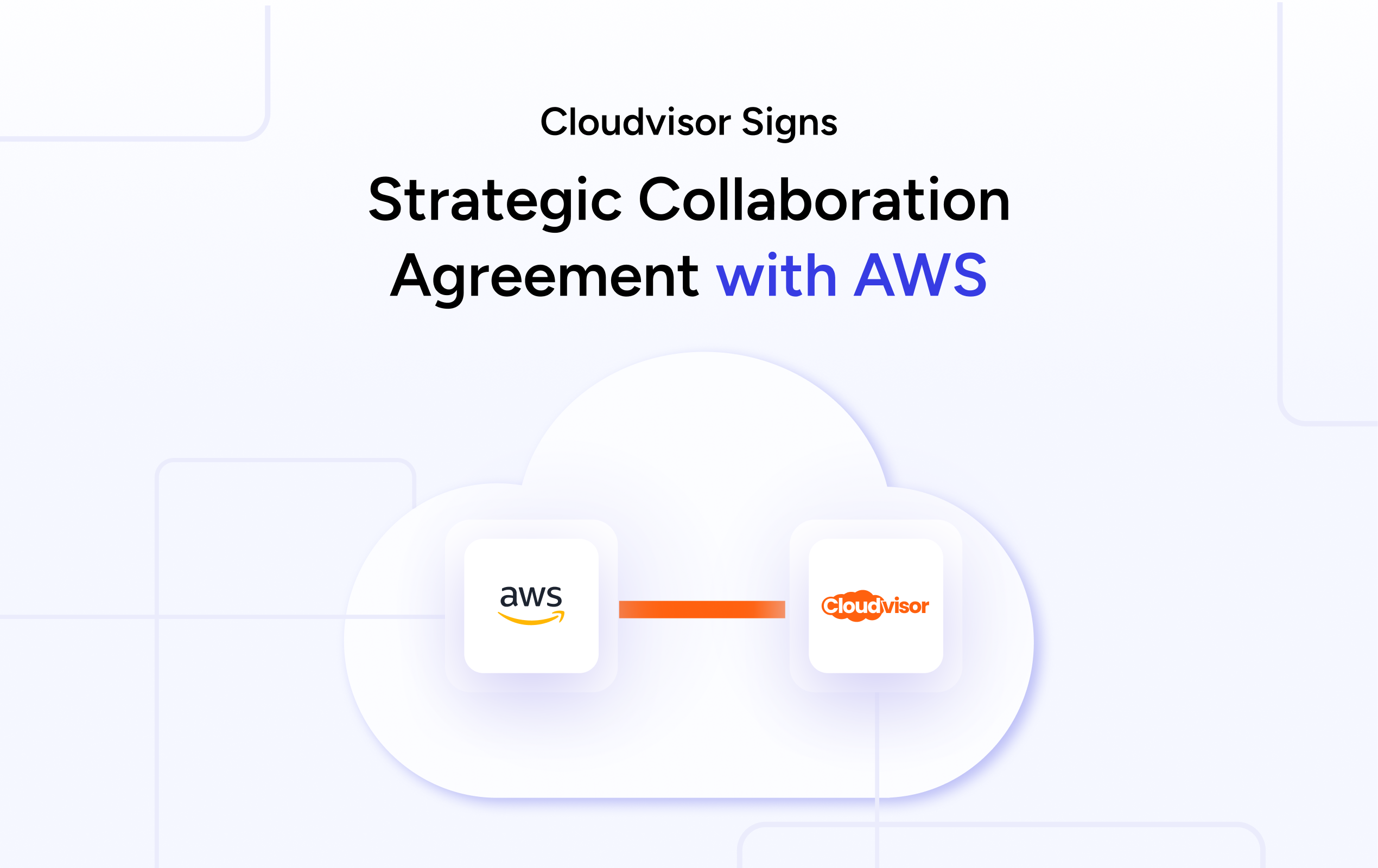In the dynamic world of startups, securing funding is a pivotal challenge that can dictate the pace and direction of a new business. Crowdfunding has emerged as a revolutionary approach, allowing entrepreneurs to bypass traditional funding methods and directly engage with potential investors and customers. This article explores the concept of crowdfunding, its mechanics, and the strategic advantages it offers to startups.
Table of Contents
What Is Crowdfunding
Crowdfunding is a method of raising capital through the collective effort of friends, family, customers, and individual investors. This approach taps into the expansive networks of individuals through social media and crowdfunding platforms to attract investors and fund a project or business venture.
Types of Crowdfunding
- Reward-Based Crowdfunding: This is one of the most popular forms of crowdfunding, where backers receive a tangible item or service in return for their investment. High-profile platforms like Kickstarter and Indiegogo are perfect examples of this type.
- Equity Crowdfunding: Investors receive a stake in the company, usually in the form of shares. Platforms like SeedInvest and Crowdcube cater to startups looking to offer equity to their crowd of investors.
- Debt Crowdfunding: Commonly referred to as “peer-to-peer lending,” this method involves borrowing money from the crowd, which the startup later repays with interest. Platforms like Lending Club and Prosper facilitate this kind of crowdfunding.
- Donation-Based Crowdfunding: This approach is generally used by non-profits or for community-based projects where there is no financial return expected. GoFundMe is a leader in this space.
How Crowdfunding Works for Startups
- Preparation: Success in crowdfunding begins long before the campaign goes live. Startups need to prepare by setting clear goals, deciding on the type of crowdfunding, and creating a compelling narrative for their project.
- Campaign Setup: Once the groundwork is laid, the next step is to set up the campaign. This involves choosing the right platform, setting a funding goal, and a timeline for the campaign.
- Promotion: Effective campaign promotion is crucial. Utilizing social media, email newsletters, and other digital marketing strategies can amplify the reach of the campaign and attract more backers.
- Engagement: Throughout the campaign, it’s important for the startup to maintain high levels of engagement with their backers through updates, responding to queries, and generating buzz around the campaign.
- Post-Campaign: After the campaign, whether successful or not, the startup should update all backers on the outcome and next steps. Fulfilling rewards, if applicable, is crucial for maintaining a good reputation.

Advantages of Crowdfunding for Startups
- Market Validation: Crowdfunding allows startups to test the market’s response to their product or service before full-scale production and launch.
- Brand Awareness: The campaign can serve as a powerful tool for brand storytelling and awareness, attracting early adopters and loyal advocates.
- Feedback and Community Building: Startups gain invaluable feedback from backers and begin building a community of supporters who are invested in their success.
Challenges and Considerations
While crowdfunding offers numerous benefits, it’s not without its challenges. Startups must be aware of the risks, including not reaching the funding goal, the pressure of delivering on promises, and the potential for intellectual property theft.
Choosing the Right Crowdfunding Platform
Selecting the appropriate crowdfunding platform is crucial. Factors to consider include the type of crowdfunding you plan to use, the fees involved, the success rate of similar projects on the platform, and the quality of support provided.

Exploring Additional Funding Avenues
In addition to traditional crowdfunding efforts, startups can explore supplementary funding sources to bolster their financial strategy. A noteworthy example is Cloudvisor, a platform that offers managed AWS credits for startups. By engaging with Cloudvisor, startups can potentially secure additional credits, reducing their operational costs on cloud services and freeing up resources for other critical business activities. This strategic approach not only enhances a startup’s ability to manage its finances more effectively but also extends its runway, providing more flexibility and opportunities for growth and scaling. With platforms like Cloudvisor, startups gain access to a broader spectrum of financial tools, complementing their crowdfunding initiatives and offering a composite funding solution that supports their development and expansion goals.
Conclusion
Crowdfunding is more than just a fundraising tool; it’s a multifaceted approach that can assist startups in validating their products, engaging with future customers, and building a robust community. By understanding the nuances of how crowdfunding works and strategically planning their campaigns, startups can leverage this innovative platform to kickstart their business journey.




